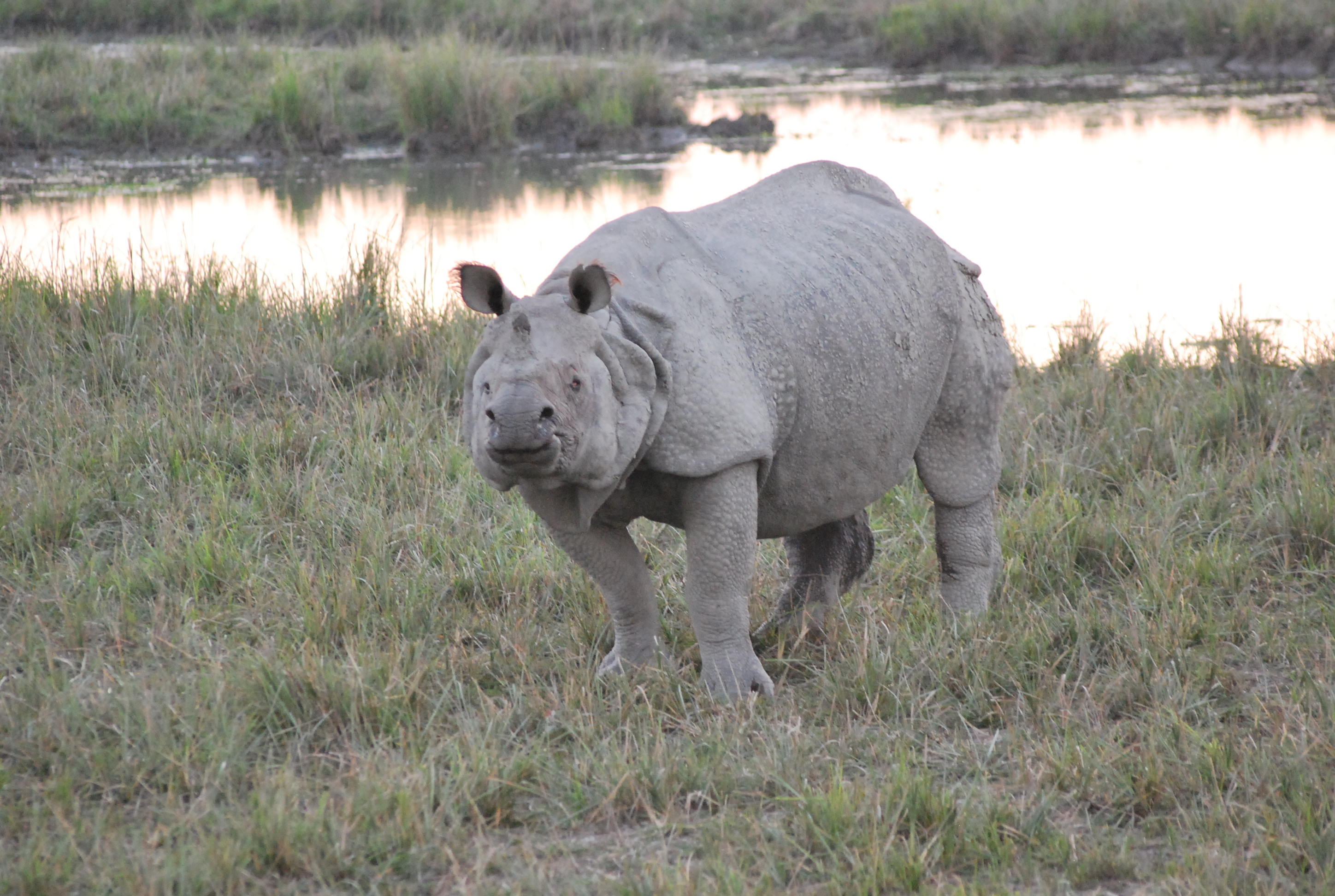Pobitora Wildlife Sanctuary emerges as a fascinating landscape where nature's raw beauty intertwines with cultural mystique. Nestled in the Morigaon district of Assam, this sanctuary carries a rich narrative that transcends mere ecological preservation. Its origins are deeply rooted in local folklore, with whispers of the King of Mayong's daughter and the legendary village known for its dark magical traditions.
The sanctuary's ecological journey is a testament to strategic conservation. Initially a marshland and cattle-grazing reserve, it transformed into a critical habitat for the endangered one-horned rhinoceros. The first rhino sightings in the 1920s marked the beginning of a remarkable conservation story, culminating in its official recognition as a reserve forest in 1971 and a wildlife sanctuary in 1987.
What distinguishes Pobitora is its harmonious relationship between wildlife and local communities. The surrounding Assamese villages have been integral to its preservation, developing a symbiotic ecosystem where human and animal interests converge. Their deep-rooted connection to the land has been crucial in protecting the sanctuary from external threats and maintaining its delicate ecological balance.
The landscape itself is a marvel of natural engineering. Spanning approximately 38 square kilometers, the sanctuary features a predominantly flat terrain that gently slopes from east to west. The BuraMayong hillock and scattered water bodies, or beels, create a diverse habitat supporting an impressive array of wildlife. Beyond its famous rhino population, the sanctuary hosts wild buffaloes, wild boars, and an extraordinary diversity of bird species.
Conservation efforts have been pivotal in Pobitora's success. Programs like the Indian Rhino Vision (IRV 2020) have strategically managed and protected the rhino population, transforming the sanctuary into a global model of wildlife preservation. Its high density of Great one-horned rhinos has earned international recognition, making it a critical refuge for this endangered species.
The sanctuary's biodiversity is nothing short of spectacular. Often referred to as the 'Bharatpur of the East,' it hosts over 2000 migratory and resident bird species. Its wet grasslands and unique ecosystem provide crucial habitats for numerous creatures, making it a living laboratory of ecological diversity. Researchers and wildlife enthusiasts find endless fascination in its complex and interdependent natural systems.
Tourism plays a significant role in Pobitora's modern narrative. Accessible from Guwahati and open from mid-October to mid-May, the sanctuary offers immersive experiences through jeep and elephant safaris. Visitors can explore its landscapes, witness its remarkable wildlife, and connect with the mystical heritage of the Mayong region. The Forest Department Guest House and Mayang Tourist Lodge provide comfortable bases for exploration.
The sanctuary represents more than a wildlife preservation area; it is a living narrative of Assam's natural and cultural heritage. Its connection to the mystical Mayong village, its successful conservation models, and its rich biodiversity make it a unique destination. Here, every landscape tells a story, every creature represents a delicate ecological balance, and the spirit of Assamese conservation thrives in its most authentic form.





